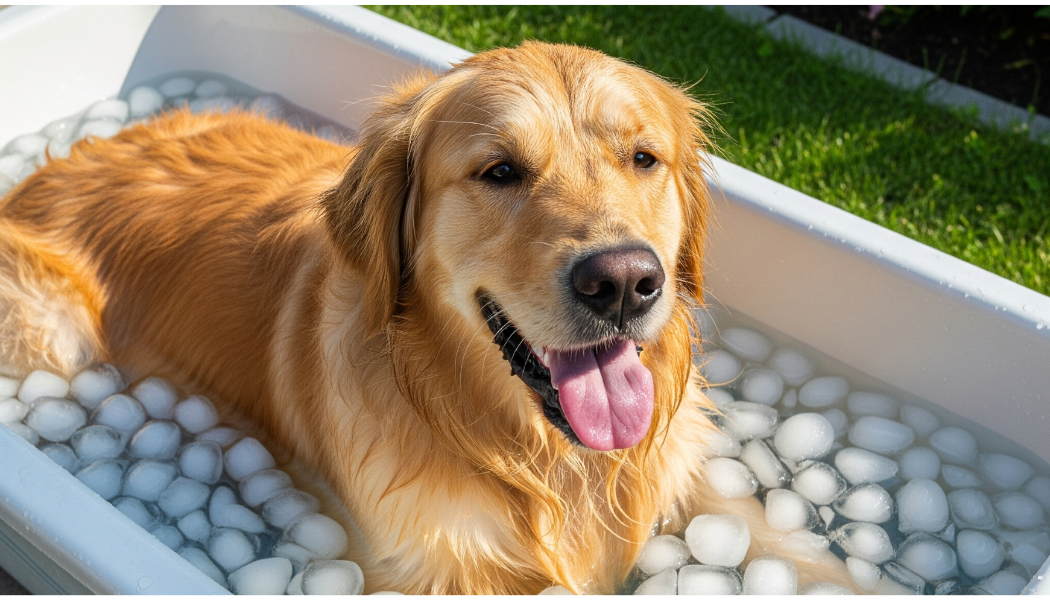Obedient plant
Nice healthy looking plugs. I love this native beautiful forb!
Please note your preferred ship date/week in the "Order Comments" section at checkout.
See the "Shipping" page under "Company Information" for additional info.
IT'S GOING TO BE HOT!

We will delay shipments when temperatures rise above 95 degrees F for plant safety.
We are unable to ship to any US Territories, AK, AZ, CA, CO, HI, ID, MT, NM, NV, OR, UT, WA, or WY
Spreading natural form that requires some space, but is also easy to reduce, if needed.
Excellent late support for variety of pollinators and even hummingbirds!
Better behaved in heavier soils.
Blooming Time: early August to September
Size: 4' tall x 3' wide (with more moisture and nutrients even taller)
USDA Zones: 3 to 9
Culture: full sun to part sun are the best (tolerates half shade), very adaptable to variety of soils, average, clay, loam. Adapts to most pH. Too fertile soil can lead to flopping.
Moisture Needs: average (medium) to medium-moist
Origin: native to central and eastern part of USA and Canada, see the BONAP distribution map. Obedient plant is adaptable, but can be found where more moisture is profound - in moist to mesic black soil prairies, moist meadows, along rivers, in woodland edges and thickets, openings in the woods, in borders of lakes, seeps, limestone glades, wet ditches etc.
Black Walnut Tolerant: yes
Deer/Rabbit Resistant: yes / yes
Attracts Butterflies or Pollinators: yes - butterflies and moths / offers lots of nectar, bumblebees are the most important pollinators, followed by other long-tongued bees
Attracts Hummingbirds: yes
Pot Size: square 3.5" x 4" deep perennial pot
Plant combinations: This native perennial is very important pollinator plant, but in garden conditions can be aggressive spreader - this all depends on the soil conditions, moisture etc. The heavier the soil is (clay) the better behaved it usually is (fluffed amended garden soil can lead to thuggish plant).
The best is probably to plant it in larger areas, where spreading is allowed or welcomed. Or let it naturalize (meadows, wildlife corners, pollinator gardens, distant part of gardens, for erosion control).
It's good to combine with other strong growing, robust and competitive native plants. Good companions can be Asclepias incarnata, Coreopsis tripteris, Chelone, Filipendula vulgaris, Helianthus, Helenium, Heliopsis, Iris (x lousiana, I. versicolor, I. virginica), Lysimachia, Mimulus, Phlox paniculata, Rudbeckia fulgida, Rudbeckia laciniata, Sanquisorba, Silphium, Solidago, Thalictrum, Veronicastrum and various sedges (Carex). Grass companions include Chasmantium, Panicum, Spartina pectinata.
Can be also used with mounding plants like Amsonia, Baptisia, bigger cultivars of Hemerocallis, HIbiscus (H. moscheutos, H. leavis, H. palustris).
Picture copyright: Heaferl, Commons Wikipedia
Spreading natural form that requires some space, but is also easy to reduce, if needed.
Excellent late support for variety of pollinators and even hummingbirds!
Better behaved in heavier soils.
Blooming Time: early August to September
Size: 4' tall x 3' wide (with more moisture and nutrients even taller)
USDA Zones: 3 to 9
Culture: full sun to part sun are the best (tolerates half shade), very adaptable to variety of soils, average, clay, loam. Adapts to most pH. Too fertile soil can lead to flopping.
Moisture Needs: average (medium) to medium-moist
Origin: native to central and eastern part of USA and Canada, see the BONAP distribution map. Obedient plant is adaptable, but can be found where more moisture is profound - in moist to mesic black soil prairies, moist meadows, along rivers, in woodland edges and thickets, openings in the woods, in borders of lakes, seeps, limestone glades, wet ditches etc.
Black Walnut Tolerant: yes
Deer/Rabbit Resistant: yes / yes
Attracts Butterflies or Pollinators: yes - butterflies and moths / offers lots of nectar, bumblebees are the most important pollinators, followed by other long-tongued bees
Attracts Hummingbirds: yes
Pot Size: square 3.5" x 4" deep perennial pot
Plant combinations: This native perennial is very important pollinator plant, but in garden conditions can be aggressive spreader - this all depends on the soil conditions, moisture etc. The heavier the soil is (clay) the better behaved it usually is (fluffed amended garden soil can lead to thuggish plant).
The best is probably to plant it in larger areas, where spreading is allowed or welcomed. Or let it naturalize (meadows, wildlife corners, pollinator gardens, distant part of gardens, for erosion control).
It's good to combine with other strong growing, robust and competitive native plants. Good companions can be Asclepias incarnata, Coreopsis tripteris, Chelone, Filipendula vulgaris, Helianthus, Helenium, Heliopsis, Iris (x lousiana, I. versicolor, I. virginica), Lysimachia, Mimulus, Phlox paniculata, Rudbeckia fulgida, Rudbeckia laciniata, Sanquisorba, Silphium, Solidago, Thalictrum, Veronicastrum and various sedges (Carex). Grass companions include Chasmantium, Panicum, Spartina pectinata.
Can be also used with mounding plants like Amsonia, Baptisia, bigger cultivars of Hemerocallis, HIbiscus (H. moscheutos, H. leavis, H. palustris).
Picture copyright: Heaferl, Commons Wikipedia
Nice healthy looking plugs. I love this native beautiful forb!
